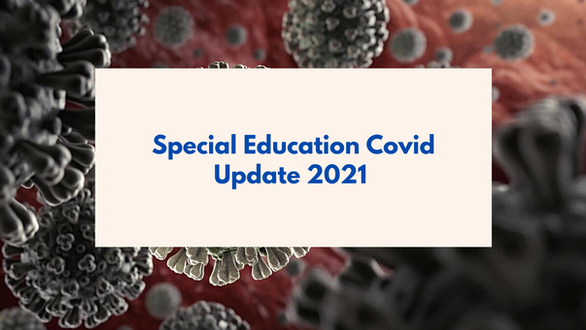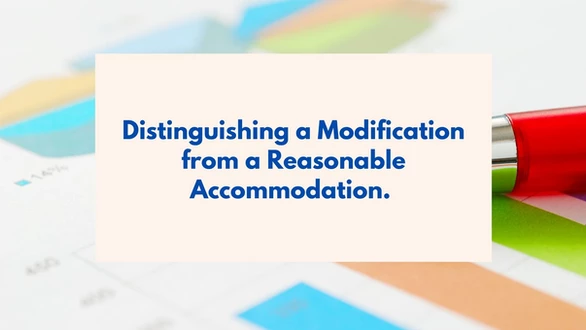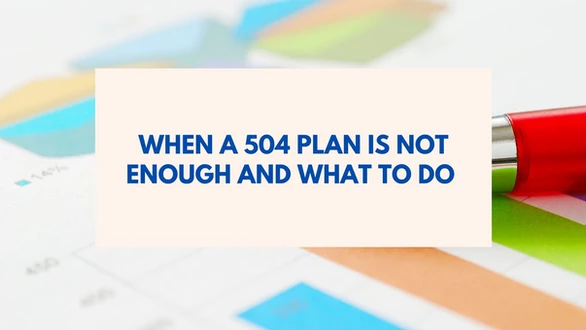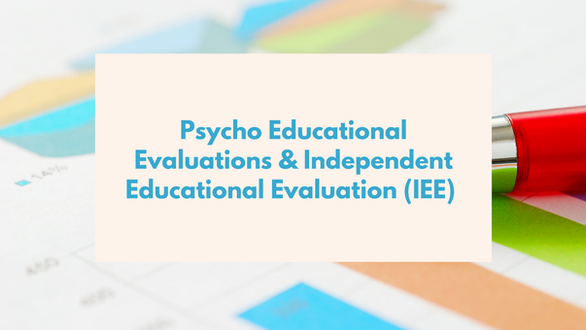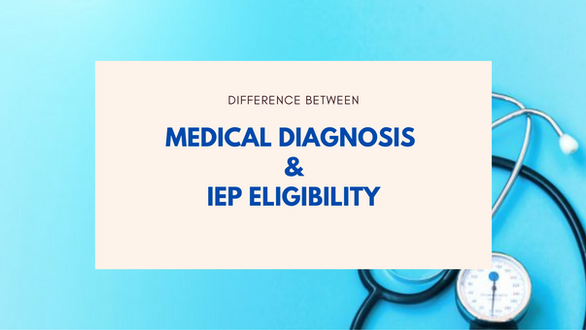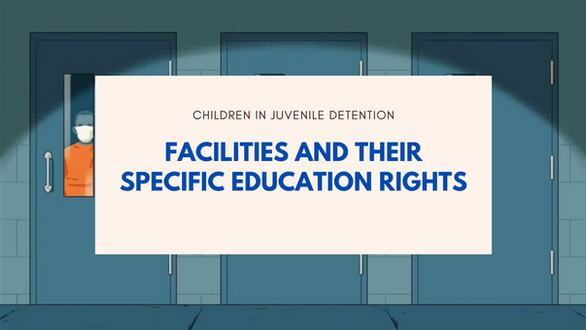INTRODUCTION
When developing and implementing IEPs for special needs students, special educators have been guided for more than three decades by what is called the Rowley standard. Rowley has been the measuring stick by which courts determine if a public school has met the Individuals with Disabilities Education Act’s requirement to provide a free, appropriate public education (“FAPE”) to a disabled student. The Rowley standard, which was first articulated by the Supreme Court in a landmark decision in 1982, concluded that states must provide a “basic floor of opportunity to disabled students, not a potential-maximizing education.” In other words “states must confer some educational benefit upon the handicapped child.”
To reach a decision, the Supreme court handed down a series of interpretations for some terms in the Education of the Handicapped Act of 1974 (EHA; renamed the Individuals with Disabilities Education Act [IDEA] in 1990).
According to the EHA’s definition,
the term “free appropriate public education” means special education and related services which (A) have been provided at public expense, under public supervision and direction, and without charge, (B) meet the standards of the State educational agency, (C) include an appropriate preschool, elementary, or secondary school education in the State involved, and (D) are provided in conformity with the individualized education program required under section 1414(a)(5) of this title.”
The term special education is then defined as
“specially designed instruction, at no cost to parents or guardians, to meet the unique needs of a handicapped child, including classroom instruction, instruction in physical education, home instruction, and instruction in hospitals and institutions.”
And related services is defined as
“transportation, and such developmental, corrective, and other supportive services…as may be required to assist a handicapped child to benefit from special education.”
According to these definitions, the Supreme Court concluded,
a “free appropriate public education” consists of educational instruction specially designed to meet the unique needs of the handicapped child, supported by such services as are necessary to permit the child “to benefit” from the instruction.
The Rowley Court established a two-part test to apply to determine whether the state has provided a free appropriate public education. The first inquiry is whether the state has complied with the procedures set forth in the IDEA. The second inquiry is whether the IEP developed pursuant to the IDEA procedures is “reasonably calculated to enable the child to receive educational benefits.” If these two requirements are met, the state has complied with the obligations imposed by Congress.
However, the Supreme Court recently revisited the Rowley standard in a much-anticipated decision—Endrew F. v. Douglas County School District.
In light of the U.S. Supreme Court ruling, Endrew F. v. Douglas County School District, this article will address what meaningful benefits imply and also suggest legal remedies when a special education student is not accessing the curriculum or obtaining meaningful benefits.
ACCESS TO THE GENERAL CURRICULUM AND MEANINGFUL BENEFITS FOR STUDENTS WITH DISABILITIES
The 1997 reauthorization of the Individuals with Disabilities Education Act (IDEA) introduced important changes in the provision of special education services for students with disabilities. One of the most significant changes concerns the requirement that students with disabilities receive access to the general curriculum. Specifically, the new Amendments require that students with disabilities: (1) have access to the general curriculum; (2) be involved in the general curriculum; and (3) progress in the general curriculum.
General Curriculum
The regulations implementing the 1997 Amendments describe the term general curriculum as the same curriculum as that established for students without disabilities (34 C.F.R. § 300.347(a)(1)(i)). The general curriculum can be thought of as “the overall plan for instruction adopted by a school or school system. Its purpose is to guide instructional activities and provide consistency of expectations, content, methods, and outcomes” (Hitchcock, Meyer, Rose, and Jackson, 2002). In recent years, the general curriculum has come to be influenced to a great extent by the adoption of national, state, and district standards (Nolet and McLaughlin, 2000).
“Access” to the General Curriculum
In 1975, Congress passed the forerunner of IDEA, the Education for All Handicapped Children Act, according to which children with disabilities were given the right to receive a “free appropriate public education” (FAPE) in the “least restrictive environment” (LRE). The purpose of the 1975 law was to provide students with disabilities the right to a public education, individually tailored to address disability-specific needs. This initial law focused on providing students with disabilities access to special education services as well as physical access to the school building.
In 1982 in the landmark decision Board of Education v. Rowley, the U.S. Supreme Court interpreted the phrase “free appropriate public education” to signify a “basic floor of opportunity,” not requiring “anything more than equal access” (458 U.S. 176, 200 (1982)).
However, the concept of access in the 1997 IDEA Amendments far exceeds the earlier definition of access and goes beyond the concepts of mainstreaming and inclusion. The regulations implementing the 1997 Amendments use the term access to the general curriculum in defining special education, stating that special education is “specially designed instruction” (20 U.S.C. § 1401(25); 34 C.F.R. § 300.26(a)(1)) whose purpose is; to address the unique needs of the child that result from the child’s disability; and to ensure access of the child to the general curriculum, so that he or she can meet the educational standards within the jurisdiction of the public agency that apply to all children (34 C.F.R. § 300.26(b)(3).
Ensuring access to the general curriculum means providing students with disabilities the right to the same State, district, and school curriculum as that provided to students without disabilities. In other words, when students with disabilities have the opportunity to learn the same curriculum as their non-disabled peers, be involved in and make progress in that curriculum, then we can say that they have access to the general curriculum.
How To Determine If Your Child Is Accessing And Receiving Meaningful Benefits
As we have mentioned earlier, the law requires access to the general curriculum for students with disabilities. Similarly, under both federal and state law, all eligible students with disabilities must be provided a free and appropriate public education or FAPE. This includes special education and related services provided at no cost to parents. Here are a few yardsticks for determining if your child is accessing and receiving meaningful benefits:
“Involvement in” the General Curriculum
The 1997 Amendments state that students with disabilities must be involved in the general curriculum, and the law includes several requirements that help explain this involvement:
(1) IEP goals must address how the student will be involved in and progress in the general curriculum (20 U.S.C. § 1414(d)(1)(A)(i)(I); 34 C.F.R. § 300.347(a)(1)).
(2) The IEP must specify appropriate supplementary aids and services, accommodations, modifications, or supports. (20 U.S.C. § 1414(d)(1)(A)(iii); 34 C.F.R. § 300.347(a)(3)). Supplementary aids and services are defined as aids, services and other supports that enable the student to be educated together with children without disabilities to the maximum extent appropriate (20 U.S.C. § 1401(29); 34 C.F.R.§ 300.28).
(3) The IEP must include an explanation if the student will not participate in the regular class. (20 U.S.C. § 1414(d)(iv); 34 C.F.R. § 300.347(a)(4)). The law further explicitly states that a child cannot be removed from education in age-appropriate regular classrooms solely because of the need for modifications to be made in the general curriculum (34 C.F.R. § 300.552(e)).
“Progress in” the General Curriculum
The 1997 Amendments require that the student’s IEP address how the student will progress in the general curriculum. The intent of the legislation is to focus on student outcomes and results and to help students with disabilities meet the State and district standards that apply to all children. Progress in the general curriculum can be viewed as having three determining components: (1) the IEP must indicate the manner in which progress toward IEP goals will be measured; (2) students with disabilities must participate in State and district-wide assessments, with appropriate accommodations, where necessary; and (3) State education agencies must develop performance goals and indicators, and provide reports on progress toward the attainment of these goals and indicators.
Legal Remdies When Your Child Is Not Obtaining Meaningful Benefits
The law explains, “Nothing in this section limits a parent’s right to ask for revisions of the child’s IEP or to invoke due process procedures if the parent feels that the [good faith] efforts required…are not being made” (34 C.F.R. § 300.350(c)).
Many disputes between you and a school about your child’s education can be resolved by talking through disagreements. But sometimes just talking doesn’t lead to agreement. You might need another way forward.
The Individuals with Disabilities Education Act (IDEA) provides a formal way to resolve disputes with the school. It is called “due process.” If the situation isn’t resolved easily, you also may need an attorney or advocate.
A due process hearing is like a courtroom trial. Evidence is presented, and witnesses speak in front of a hearing officer who acts like a judge. The hearing officer makes a decision about your case, which can be challenged in court.
A due process decision about whether your child received a free and appropriate public education (FAPE) must be based on substantive issues. This means you need to make a complaint about your child’s right to an appropriate education, not about a technicality like lack of notice.
IDEA provides specific time limits on when each stage in due process must happen:
- You must file a due process complaint within two years of when you learned about your child not accessing the curriculum or obtaining meaningful benefits and any action that you’re complaining about.
- The school must hold a resolution session with you within 15 days after receiving the due process complaint. There’s a 30-day period to try to reach a resolution agreement.
- Once it’s clear that there won’t be a resolution agreement, the state department of education has 45 days to make sure there is a due process hearing and decision.
- If the hearing officer decides your case against you, then you have 90 days from the due process decision to file a lawsuit in state or federal court.
CONCLUSION
It is important that students with disabilities have access to the general education curriculum because all students are held to equal standards. All students, regardless of their gender, race, or disability, should be treated equally. This ensures that students with disabilities can learn as much as possible and have an equal amount of academic success. Benefits of students with disabilities having access to the general education curriculum includes, receiving more instructional time, having better post-secondary outcomes, improving their social skills, and increasing their confidence. This could have a negative impact on students with disabilities if they do not do well in crowded spaces or do not enjoy time-driven environments.
The 1997 Amendments concerning access to the general curriculum have raised expectations for the performance of students with disabilities by focusing on student outcomes and results. Ensuring access to the general curriculum means providing students the right to the same curriculum as that provided to all students.




